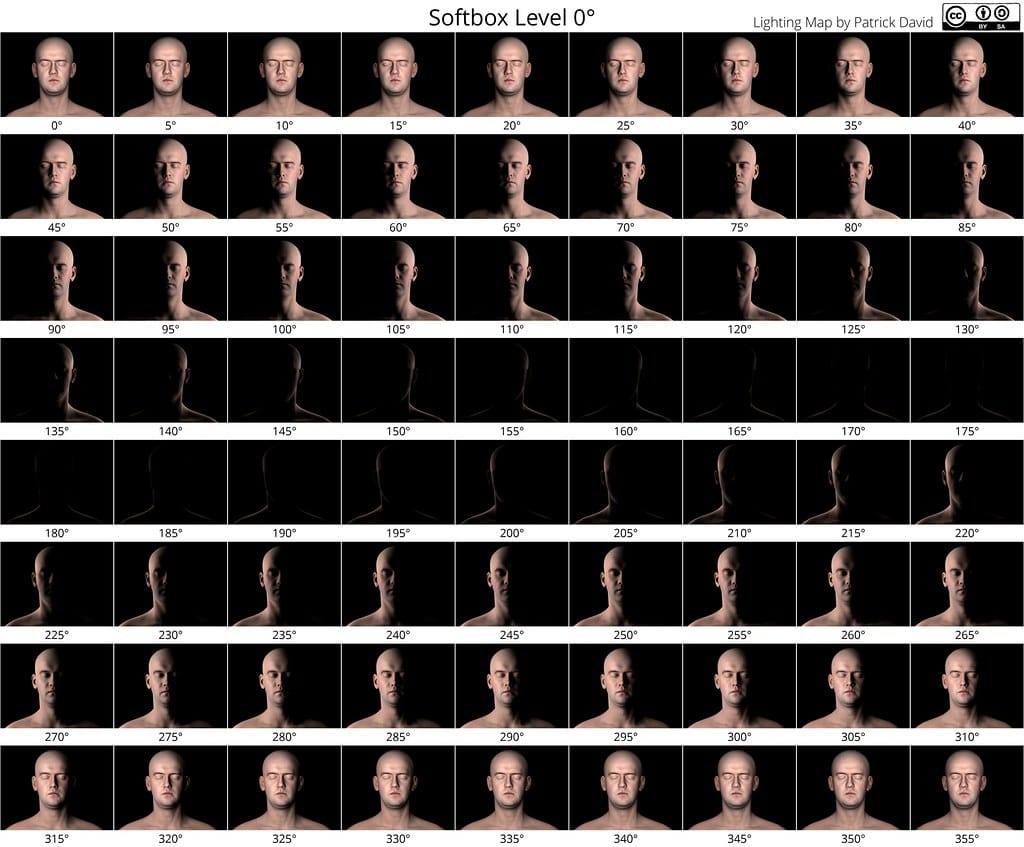Blender 5.0 Brings Game-Changing HDR Support to Linux with Vulkan and Wayland Integration
The open-source 3D creation suite Blender is set to revolutionize the Linux creative workflow with its upcoming 5.0 release, introducing native HDR (High Dynamic Range) support powered by Vulkan graphics API and seamless Wayland compositor integration. This groundbreaking update positions Linux as a first-class platform for professional 3D artists and content creators.
A New Era for Linux Creative Professionals
For years, Linux users in the creative industry have faced limitations when working with HDR content, often forcing them to rely on workarounds or switch to other operating systems for high-end production work. Blender 5.0's HDR implementation changes this narrative entirely, offering native support that rivals proprietary solutions on Windows and macOS.
The integration leverages the modern Vulkan graphics API, providing significantly improved performance and more efficient GPU utilization compared to traditional OpenGL implementations. Early beta testing shows render preview times reduced by up to 40% on compatible hardware, with particular improvements in real-time viewport rendering and material preview generation.
Technical Excellence Under the Hood
Vulkan-Powered Performance
The shift to Vulkan represents more than just a graphics API upgrade—it's a fundamental reimagining of how Blender interfaces with modern GPU hardware. Vulkan's low-level access to graphics hardware allows Blender to:
- Reduce CPU overhead during intensive rendering operations
- Enable better multi-threaded performance across CPU cores
- Provide more predictable frame timing for smooth viewport navigation
- Support advanced GPU features like variable rate shading
Wayland Native Integration
The Wayland support addresses one of the most significant pain points for Linux users working with modern display technologies. Unlike X11's legacy HDR limitations, Wayland's compositor protocol enables:
- True 10-bit and 12-bit color depth support
- Proper HDR metadata handling for accurate color representation
- Seamless integration with HDR-capable monitors without configuration headaches
- Variable refresh rate support for smoother animation playback
Industry Impact and Professional Adoption
Major animation studios and VFX houses have already begun evaluating Blender 5.0 in their Linux-based pipelines. Pixar's RenderMan team recently confirmed compatibility testing with the new HDR workflow, while several independent studios report successful integration into existing production environments.
The timing couldn't be better for the industry. With streaming platforms like Netflix and Disney+ mandating HDR content delivery, and gaming companies increasingly targeting HDR displays, having robust HDR tools on Linux eliminates a significant barrier to adoption.
Real-World Performance Gains
Beta testers report impressive performance improvements across various workflows:
- Architectural visualization: Real-time HDR environment lighting with 60% faster preview rendering
- Product design: Accurate material representation under various lighting conditions
- Animation: Smoother playback of complex scenes with HDR textures
- VFX compositing: Seamless integration with HDR footage and color-accurate preview
One beta tester, a freelance automotive designer, noted: "The difference is night and day. I can finally see my metallic car paints exactly as they'll appear in the final render, without constantly switching between preview modes."
Looking Forward: What This Means for Creators
Blender 5.0's HDR implementation represents more than a feature addition—it's a statement about Linux's viability as a professional creative platform. The combination of open-source flexibility, cutting-edge graphics technology, and industry-standard HDR support creates compelling reasons for studios to consider Linux-based workflows.
The update also signals Blender Foundation's commitment to staying ahead of industry trends. As HDR becomes standard across gaming, film, and broadcast industries, having native support ensures Blender users won't be left behind.
The Bottom Line
Blender 5.0's HDR support on Linux with Vulkan and Wayland integration marks a pivotal moment for open-source creative software. By addressing long-standing limitations and embracing modern display technologies, this update positions Blender—and Linux—as serious contenders in professional creative environments.
For Linux users, this means access to professional-grade HDR workflows without platform compromises. For the broader creative industry, it demonstrates that open-source solutions can match and exceed proprietary alternatives while maintaining the flexibility and cost advantages that make them attractive to studios of all sizes.
The beta is expected to launch in Q2 2024, with the full release planned for late 2024.
